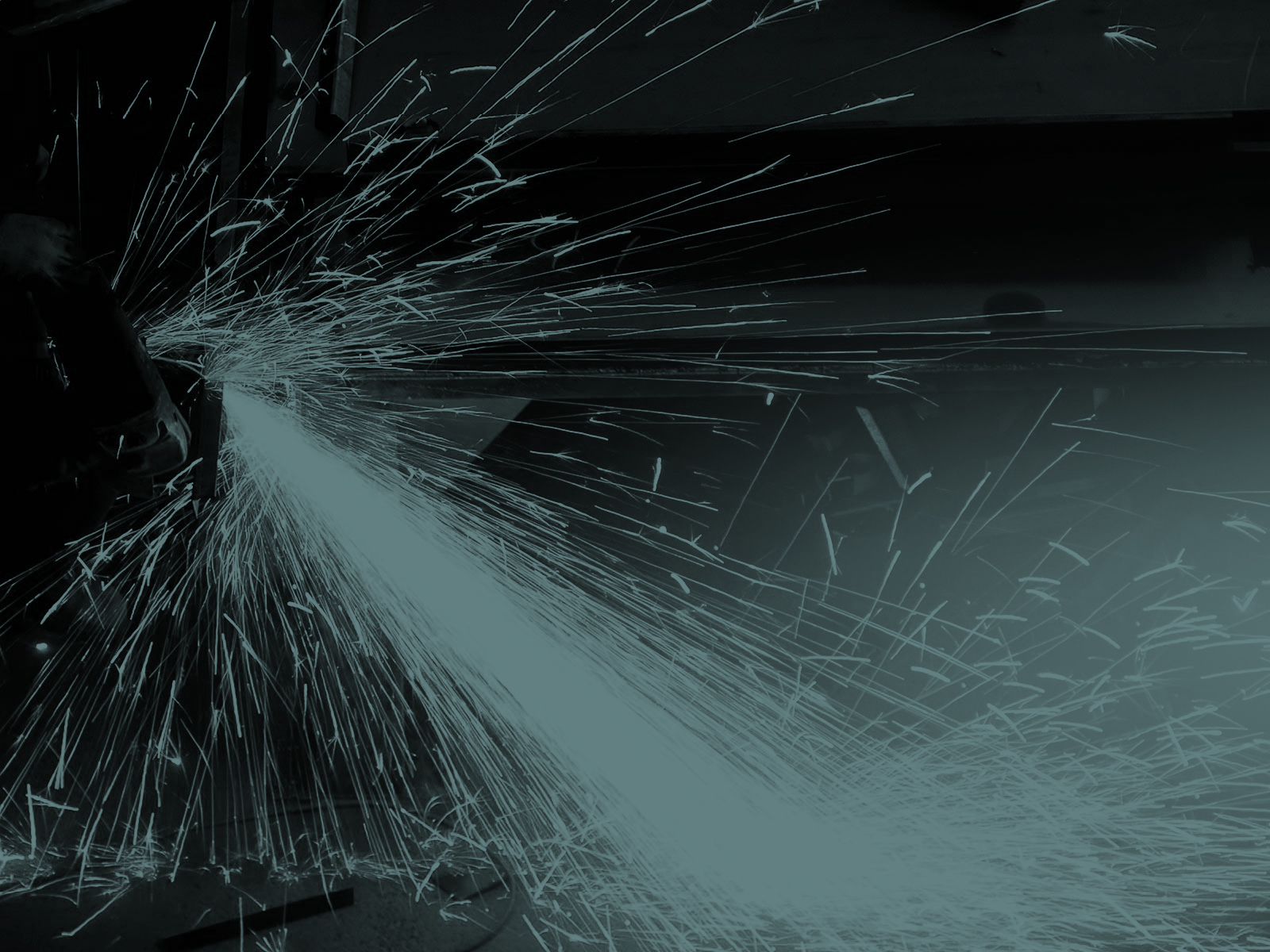Powering devices by energy derived from movement is increasingly common. For years kinetic energy has powered wristwatch mechanisms. Recently, Formula 1 motorsport teams have developed a Kinetic Energy Recovery System (KERS) for capturing energy released from braking to boost acceleration, improving lap times by 0.1 -0.4 seconds.
Innowattech, an energy technology company, is more ambitious. It harnesses the weight, motion, vibration and heat from vehicles on roads and railways, and from pedestrian thoroughfares, and then converts this power to electrical current. According to Innowattech, capturing the energy of trucks along a typically busy 1km dual carriageway generates enough power for 600-800 homes.
However, focussing on just the technology of kinetic energy obscures something equally fascinating: pricing. Kinetic energy has the potential to create luxury energy products.
Unlike fossil fuel such as coal or gas, which are pooled centrally and whose source is unacknowledged, the origin of kinetic energy can be discerned, potentially leading to significant economic rent being derived from the scarcity of the source. The source's exclusivity, and the uniqueness of the brand, means consumers may pay a premium for the energy, and the satisfaction gleaned from the status accruing to an owner.
One example would be if a piezoelectric generator was affixed to an athletic track, allowing the energy of Usain Bolt, the Jamaican sprinter, to be harvested and sold to the highest bidder. Whilst the energy generated from a 100m event would only deliver a short burst of power to light a 60 watt bulb, the value for the buyer lies elsewhere in the uniqueness of the product, and the possibilities for promotion and marketing. "Lighting Bolt" anyone?
Placing piezoelectric sensors on the Monaco Grand Prix route would not only have the benefit of reaping energy from 24 cars over 78 laps during the race but also ensure the 3.3 km street circuit generates energy all year round creating the city state's first power generator. How many Formula 1 aficionados would be willing to pay for Monaco Grand Prix course energy?
Kinetic energy could be captured using similar technology across a broad spectrum of sporting and entertainment events such as football finals, rock concerts or dance festivals which are part and parcel of urban life and contribute to the portfolio of energy making a sustainable city.
The revenues arising from premium pricing and trading in kinetic energy could be attractive for investors to enter this niche market and procure the infrastructure required. Ultimately, however, developing a market for premium kinetic energy based on provenance is less about indulging the whims of a consumer or fan than it is about raising awareness of kinetic energy and the broader role it could play in realising energy efficiency and building sustainable cities.
The views and opinions expressed in this article are those of the authors and do not necessarily reflect the views of The Economist Intelligence Unit Limited (EIU) or any other member of The Economist Group. The Economist Group (including the EIU) cannot accept any responsibility or liability for reliance by any person on this article or any of the information, opinions or conclusions set out in the article.




